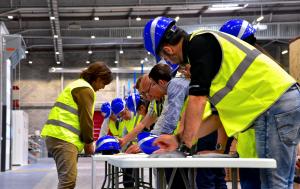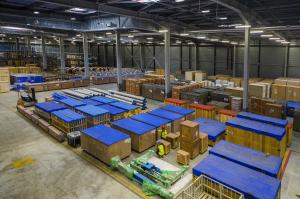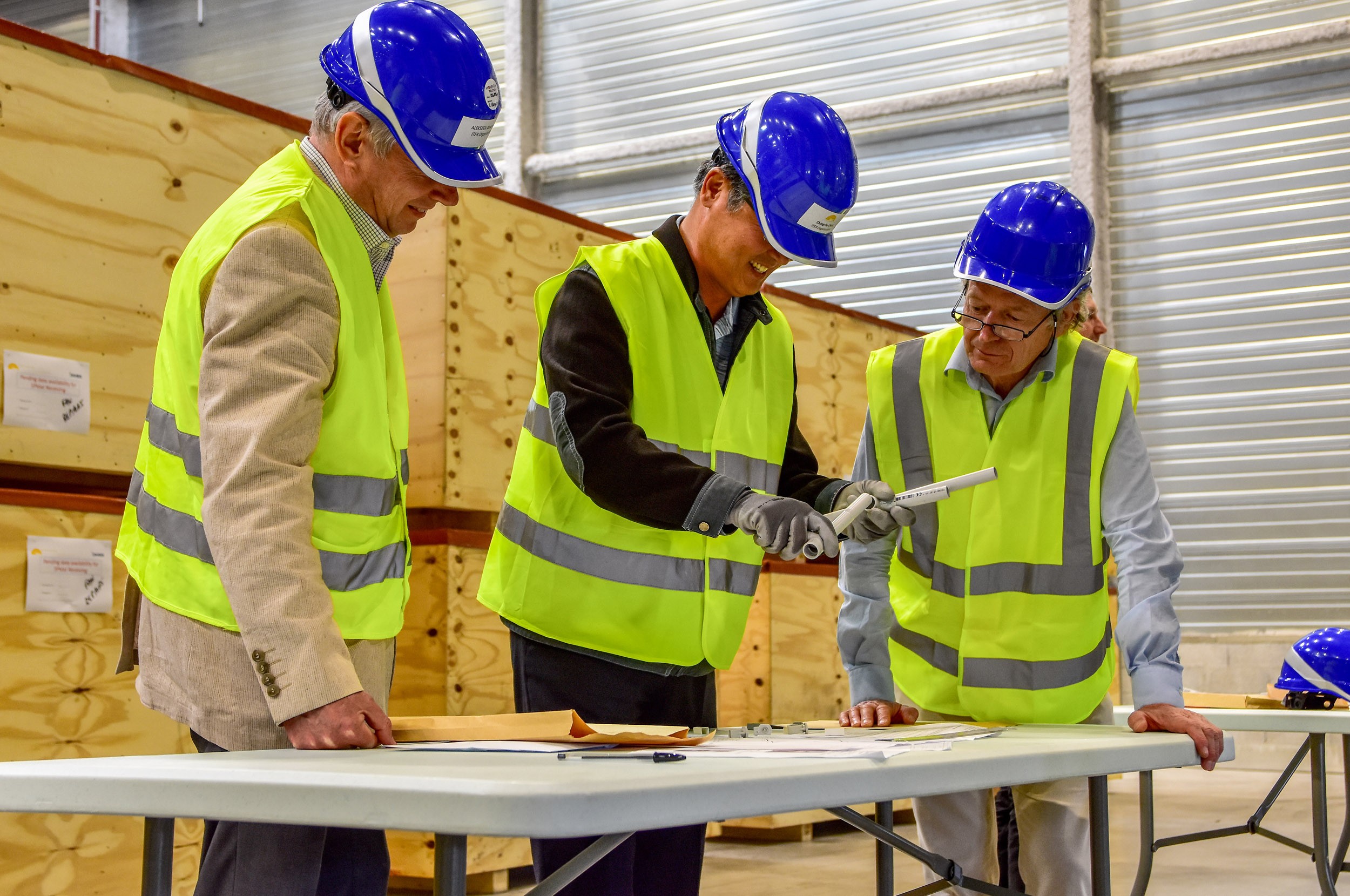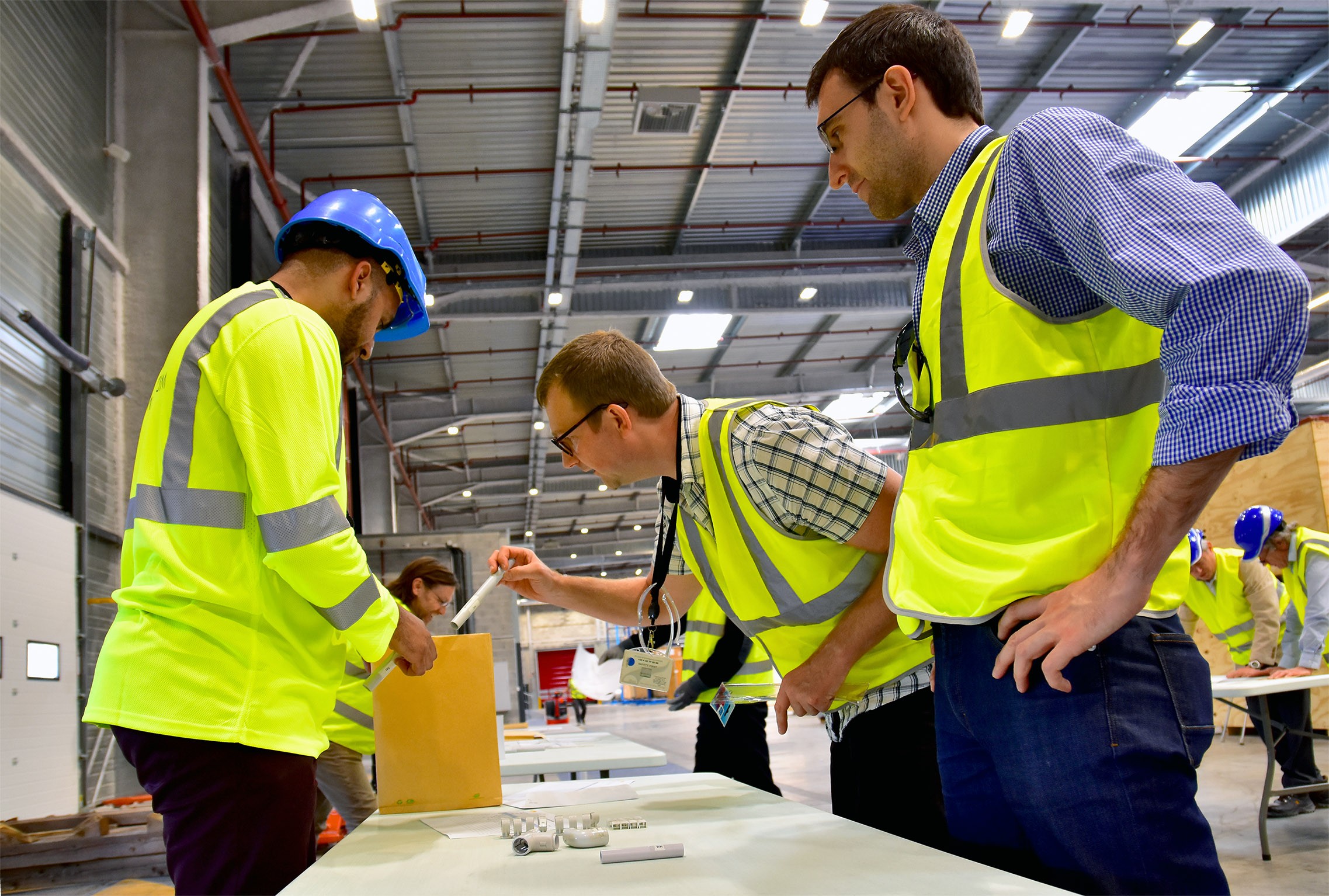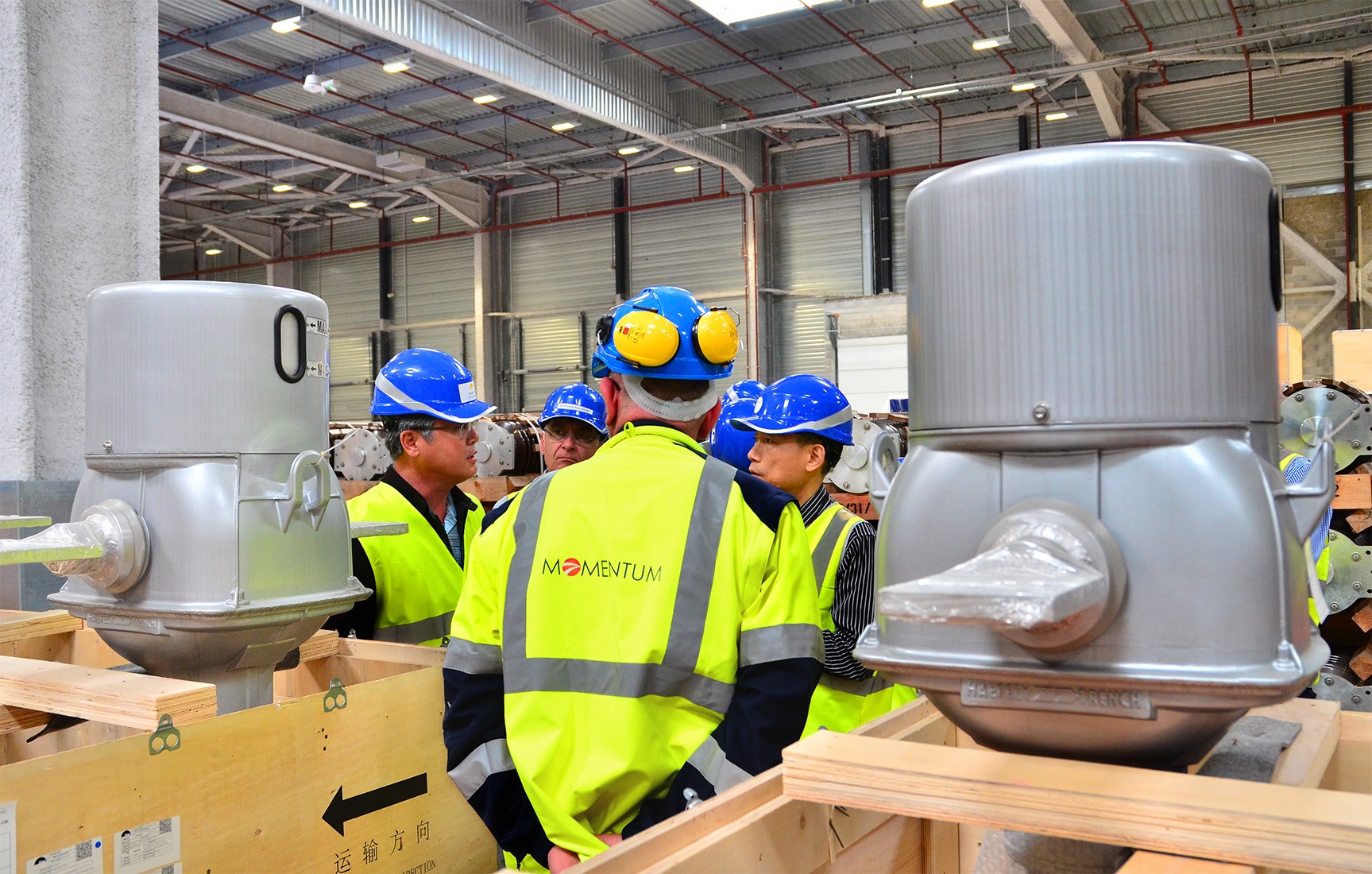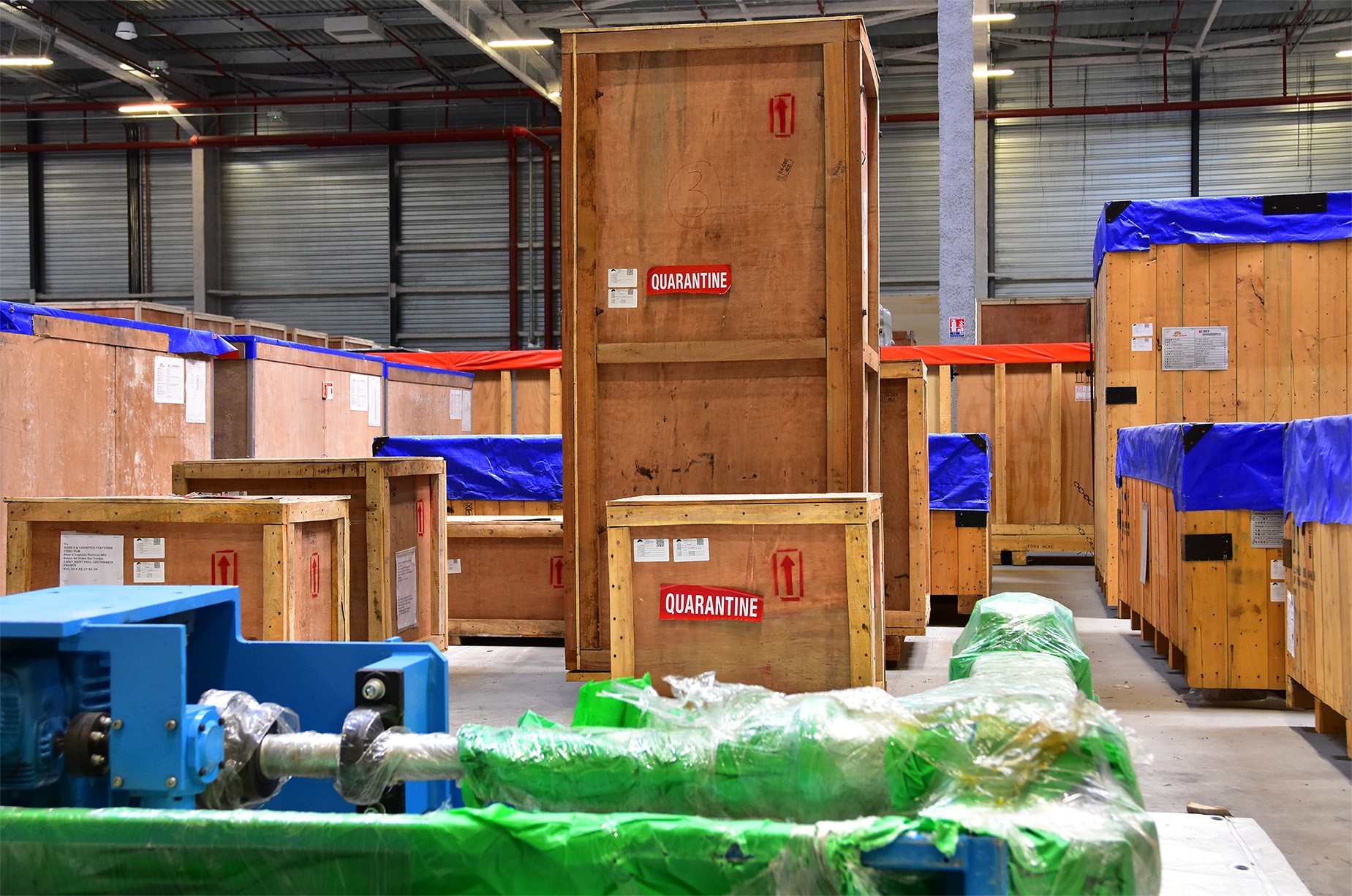ITER's configuration management team is focused on improving traceability and data flow—which explains why Aaron Shaw is running workshops for a number of ITER divisions and why he will be extending this approach to all seven Domestic Agencies involved in the project.
The competition he organized recently for the Tokamak Engineering Department perfectly mirrors some of the situations that are actually encountered.
"There can be no material flow without proper data flow," says Aaron. "Missing or inconsistent data on a component triggers a sequence of events that ultimately harms the project. Eventually, we end up with lost time, extra work hours, and an obvious impact on schedule and budget. It's a butterfly effect ..."
One of the slides presented during the workshop showed that a manual sequence, triggered by an item with no part number, was over twice as time-consuming (2.5x) than the available "system-to-system" process that is designed to accompany an item all the way from design to construction—the "cradle-to-grave" approach for the complete supply chain.
In ITER's largest on-site warehouse, items with incorrect or missing identification are placed in a "quarantined" storage space. "If an item is delivered to ITER without a part number, it simply cannot be 'received' into our integrated data flow," says Aaron. System owners or technical responsible officers may know what the item is and where it is supposed to fit but in order to access it they need to go through the warehouse staff, who does not necessarily have the technical knowledge.
The situation, however, can be fixed. "The butterfly effect works both ways," says Aaron. "We are looking at possible improvements for data flow; organizing pilot operations with Domestic Agencies, refining the ITER numbering system with additional data for interfaces, etc."
And of course there are the competitions—although they are unfair to some of the contenders, they astutely illustrate the necessity of attaching clear and consistent information to each and every item involved in ITER construction.

